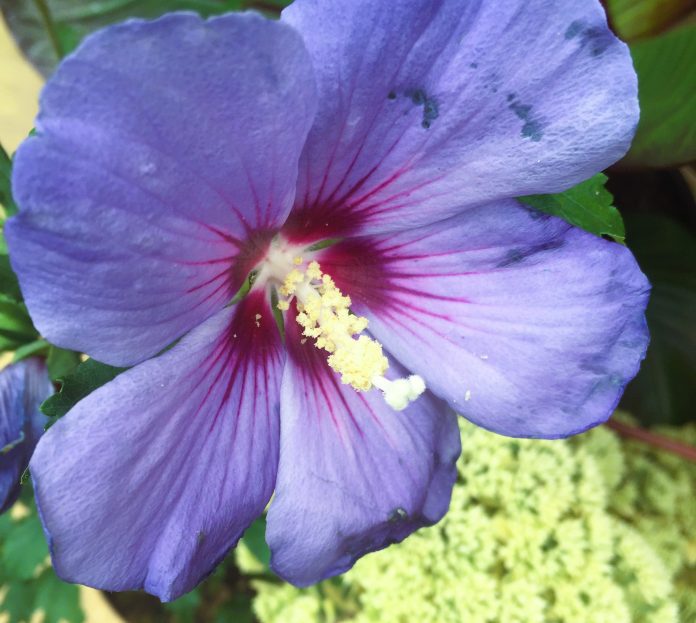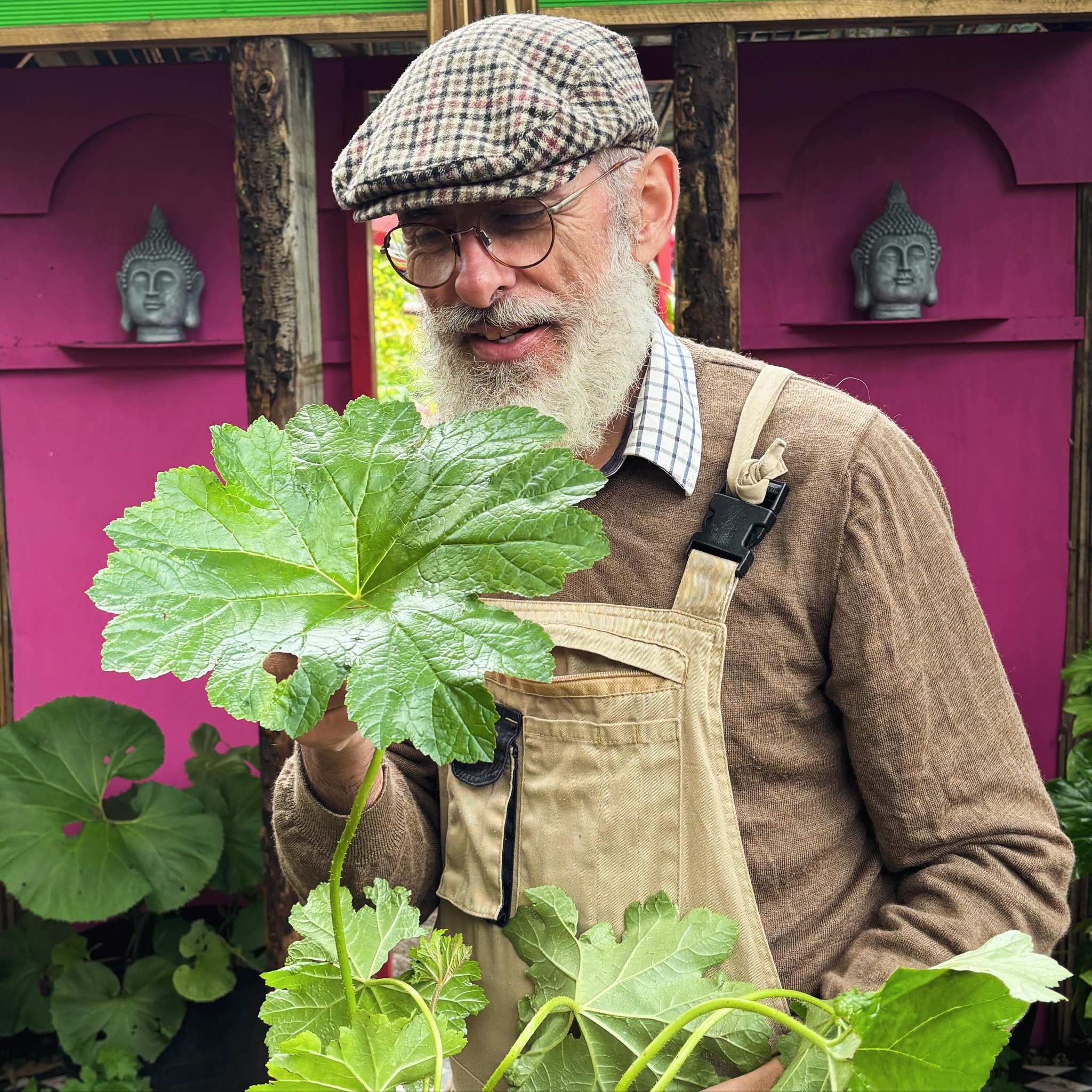Hibiscus plants are renowned for their stunning, showy flowers that bring a tropical flair to gardens. While many varieties thrive in warmer climates, certain types of hibiscus are well-suited to the UK’s cooler, temperate weather. Choosing the right variety is key to growing these vibrant plants successfully. In this article, we’ll explore the easiest hibiscus to grow in the UK and offer tips for helping them thrive.
Choosing the Right Hibiscus for the UK Climate
Hibiscus plants generally fall into two categories: tropical and hardy. Tropical hibiscus (Hibiscus rosa-sinensis) are stunning but difficult to grow outdoors in the UK unless you have a greenhouse or conservatory to protect them from the cold. Instead, hardy hibiscus (Hibiscus syriacus) and Rose of Sharon varieties are the best choices for UK gardens, as they are better equipped to handle the UK’s cooler winters and occasional frost.
The Best Hibiscus for the UK: Hibiscus syriacus
1. Hibiscus syriacus
Hibiscus syriacus, also known as Rose of Sharon or Shrubby Althea, is widely considered the easiest hibiscus to grow in the UK. This hardy species thrives in temperate climates and can tolerate winter frosts, making it a perfect choice for British gardeners.
Why Hibiscus syriacus is a Great Choice:
- Cold Hardy: Unlike tropical hibiscus, Hibiscus syriacus can withstand temperatures as low as -15°C, so it is well-suited to UK winters without needing special protection.
- Low Maintenance: Once established, this plant is relatively easy to care for and doesn’t require excessive watering or pruning.
- Long Blooming Period: It produces beautiful flowers from late summer through to autumn, offering a long-lasting burst of colour when many other plants have finished blooming.
- Variety of Colours: Available in a range of colours including white, pink, blue, purple, and red, you can find a Hibiscus syriacus that suits your garden’s aesthetic.
Recommended Varieties of Hibiscus syriacus:
- ‘Blue Bird’ – Known for its stunning blue-mauve flowers with a dark red centre, ‘Blue Bird’ is one of the most popular varieties and easy to grow.
- ‘Woodbridge’ – A robust variety with vibrant pink flowers that have a deep red centre. This variety is hardy and reliable.
- ‘White Chiffon’ – Produces large, semi-double white flowers that look delicate but are tough and hardy.
- ‘Red Heart’ – Features white flowers with striking red centres, giving a dramatic contrast that works well in mixed borders.
How to Grow Hibiscus syriacus in the UK
1. Planting Location
Hibiscus syriacus thrives best in a sunny spot that is sheltered from strong winds. These plants love sunlight, so ensure they get at least 6 hours of direct sunlight per day for optimal flowering. They also appreciate a location with good drainage to prevent waterlogging.
2. Soil Requirements
This hibiscus species is not particularly fussy about soil type, but it will do best in moderately fertile, well-draining soil. You can improve poor soil by adding compost or organic matter before planting. While Hibiscus syriacus prefers slightly acidic to neutral soil, it can tolerate a range of pH levels.
3. Watering and Feeding
Hibiscus syriacus is relatively drought-tolerant once established, but it will perform better with regular watering, especially during dry spells in summer. Ensure the soil stays consistently moist but not waterlogged. During the growing season (spring and summer), feed with a balanced, slow-release fertiliser to promote healthy growth and encourage abundant blooms.
4. Pruning and Maintenance
This hibiscus is generally low maintenance, but light pruning in early spring will help maintain a healthy shape and encourage better flowering. Remove any dead or weak branches and trim back long shoots to keep the plant tidy.
5. Winter Protection
While Hibiscus syriacus is hardy and can survive cold temperatures, young plants may need some protection from harsh winter conditions. Mulching around the base of the plant with organic matter such as compost or bark can help insulate the roots and protect against frost damage. In particularly cold regions, consider covering the plant with horticultural fleece during severe frost periods.
Alternative Hardy Hibiscus Options for the UK
If you’re looking for other hibiscus options that can grow in UK gardens, consider the following hardy species:
1. Hibiscus moscheutos (Hardy Perennial Hibiscus)
Although less common than Hibiscus syriacus, this species is another good option for UK gardens. Also known as Swamp Mallow or Rose Mallow, it produces enormous, saucer-shaped flowers in late summer. While it dies back in winter, it re-emerges in spring and grows vigorously during the warmer months. This hibiscus prefers moist, well-drained soil and can tolerate colder temperatures, making it suitable for British gardens.
2. Hibiscus ‘Hamabo’
This hardy variety produces delicate, pale pink flowers with red eyes. It grows well in the UK climate and, like Hibiscus syriacus, it can tolerate frost and cold winters.
3. Hibiscus rosa-sinensis (for Indoors or Greenhouses)
While not suited to outdoor cultivation in most of the UK, Hibiscus rosa-sinensis can be grown in pots or containers and moved indoors or to a greenhouse during the winter. This tropical hibiscus features large, vibrant flowers in shades of orange, red, yellow, and pink. It makes a great choice for those with the ability to protect it from cold temperatures.
Final Tips for Growing Hibiscus in the UK
- Be Patient: Hibiscus syriacus is a late bloomer, with flowers appearing in mid to late summer. Don’t worry if it seems to be taking its time to bloom—it will reward you with stunning flowers later in the season.
- Provide Good Drainage: Ensure that your hibiscus isn’t sitting in waterlogged soil, as this can cause root rot and affect its health.
- Mulch to Retain Moisture: During the warmer months, mulching around the base of the plant can help retain moisture and keep the roots cool.
Conclusion
For UK gardeners, Hibiscus syriacus is by far the easiest and most reliable hibiscus to grow. With its cold tolerance, low maintenance requirements, and beautiful, long-lasting flowers, it’s a fantastic addition to any garden. By choosing the right variety and following simple care guidelines, you can enjoy the tropical beauty of hibiscus blooms even in the UK’s cooler climate.




